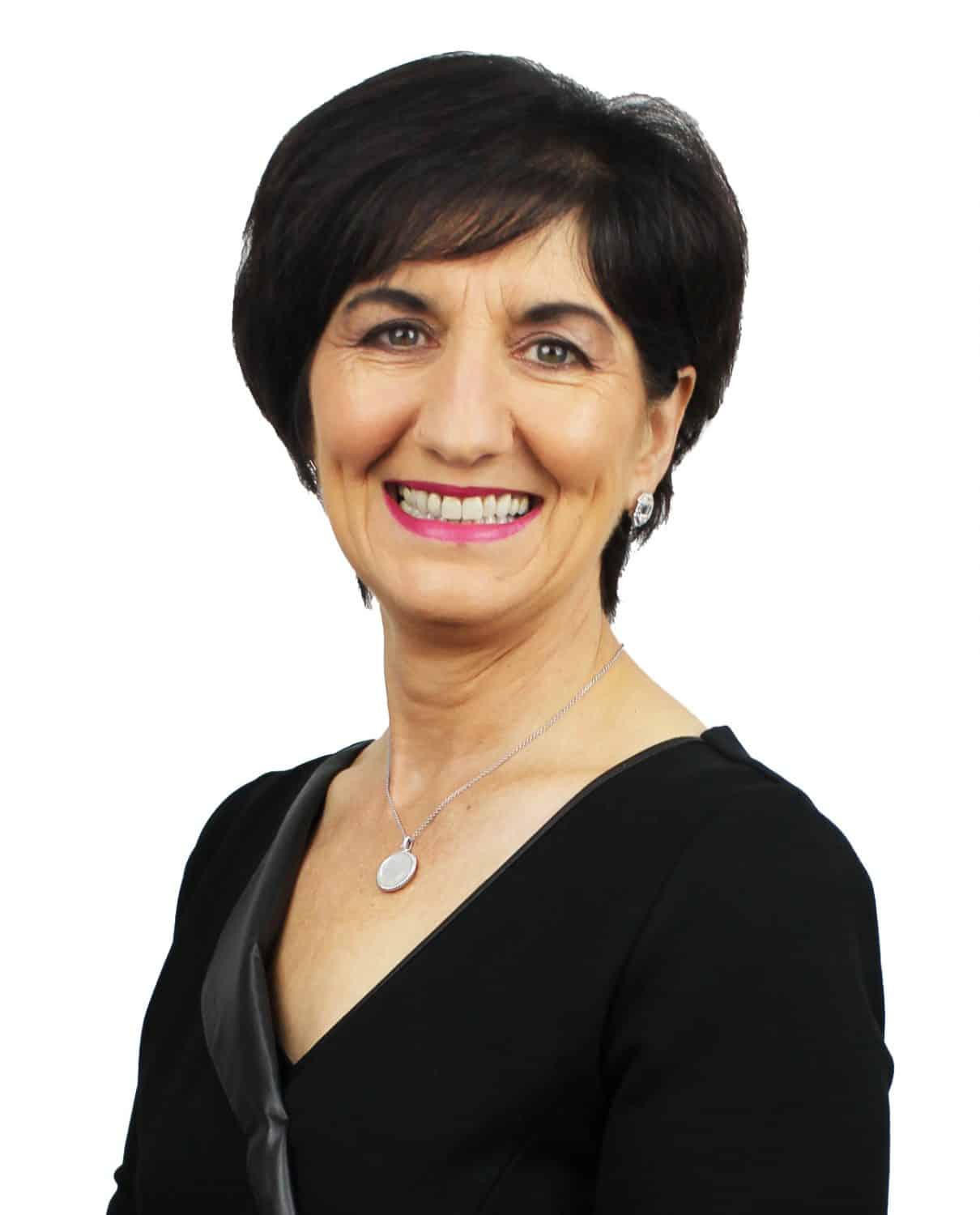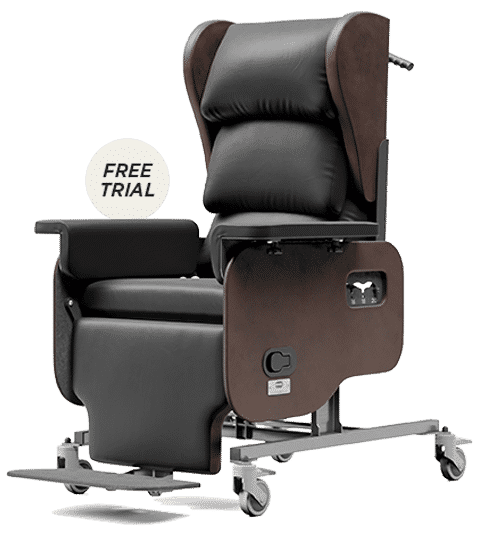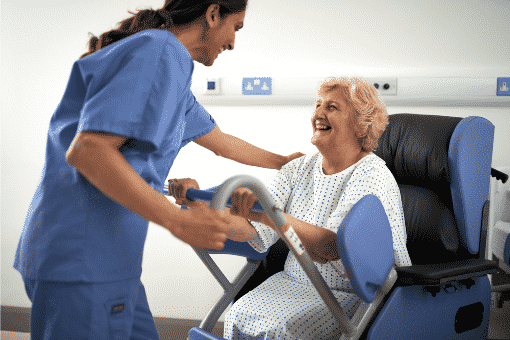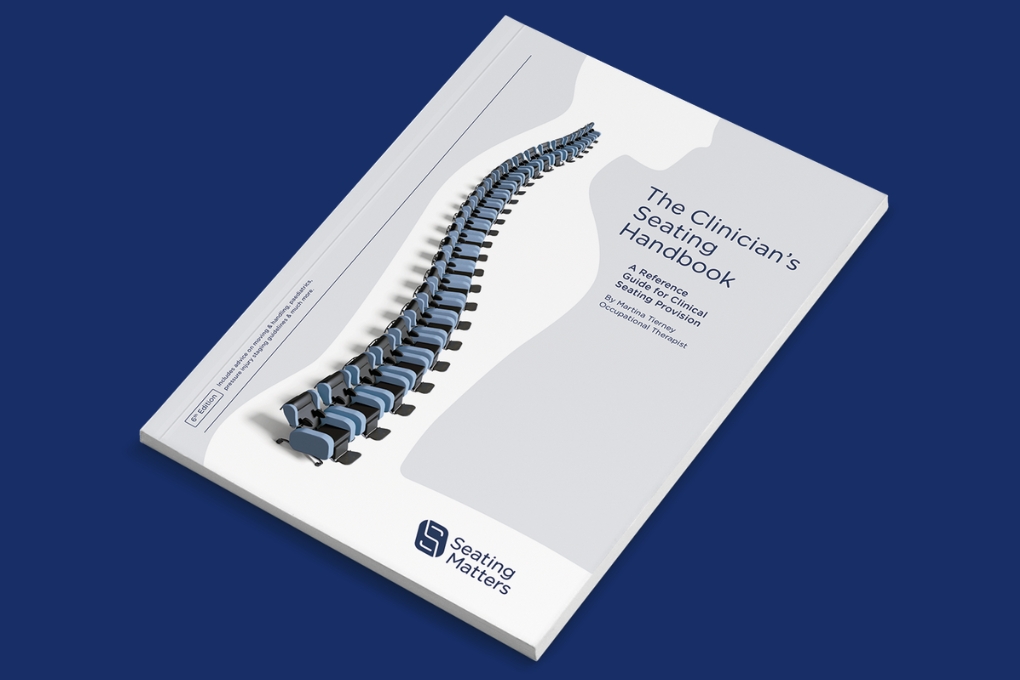Why do we use Tilt In Space?
To help meet the goals you have identified for your patient, it’s important to select a chair with features that can help maximize a person’s functional ability, physiological goals and manage their care needs. Read on to discover the what “tilt in space” means and how it works.
What is Tilt in Space?
Tilt in space is when the entire chair shifts its position on its frame as one unit, while maintaining the angles of the hips, knees and ankles.
Why Use Tilt in Space?
- To improve posture.
- To assist with reduced head and trunk control.
- To reduce risk of falls and sliding from chairs.
- To assist with corrective positioning for those with kyphotic postures.
- To improve physiological processes.
- To facilitate easier repositioning by individual/carer.
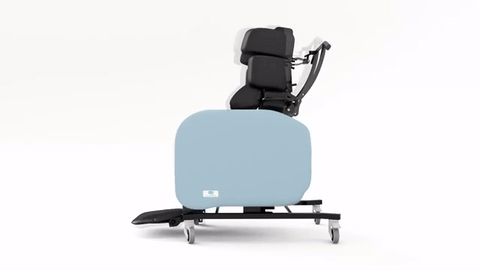
To Improve Posture
Tilting a patient backwards can help defy the effect of the force of gravity which can have a detrimental effect on posture, pushing down on the body and pulling a patient forward. The act of tilting a patient backwards reduces the effect of gravity and helps to maintain a mid line postural position, preventing postural deviation.
To Redistribute Pressure
For a patient who may be at risk of pressure injuries due to sitting in one position for long periods of time, clinicians focused on wound care such as enterostomal nurses, wound care nurses, tissue viability nurses and also occupational therapists, physiotherapists may use tilt in space to reduce their pressure risk.
Tilt in space is an effective method to redistribute pressure off bony prominences such as the sacrum and ITs. When areas of the body are put under pressure the oxygen levels in cells are reduced due to the mechanical disruption of cell structure and reduced blood flow. This can lead to cell death and the possibility of pressure injuries occurring. Increasing blood flow and re-oxygenating the cells of the affected area can be achieved through offloading pressure on the weight bearing area using features such as tilt in space.
By offloading the pressure in this way regularly, (suggested every 1-2 hours for repositioning) then we are effectively reducing the risk of that skin breakdown and therefore the risk of pressure injuries.
To Assist with Reduced Head and Trunk Control
If a client’s muscle strength is reduced as a result of their physical or mental disability or condition, tilt can help reduce the negative effects on their posture, by keeping their spine, head and thoracic region in mid line. This improves positioning and ultimately, comfort.
Reduce Risk of Falls and Sliding from Chairs
Tilting a patient and changing their centre of gravity contributes to better positioning and therefore reduced risk of falls. In my clinical practice, I’ve found that a tilt position reduces agitation in patients with neurological conditions such as Alzheimer’s, which often contributes to falls from chairs.
Assist Corrective Positioning for those with a Kyphotic Posture
For those patients who have a fixed or flexible spinal contracture such as kyphosis, tilt in space can be really beneficial to support their posture. They may be ‘hunched’ over with limited or no ability to make eye contact with others, due to the position of their spine, then once they are tilted back, their head neck and shoulders are supported, and their visual field improves. This leads to better social inclusion, interaction, communication and increased function.
To Improve Physiological Processes
By sitting upright as opposed to slumping or in a deviated postural position, the patients’ ability to breathe is greatly improved, reducing the risk of respiratory infections. Likewise, other essential bodily functions such as swallowing, digestion and elimination are also improved as a result of this upright positioning.
Easier Repositioning by Individual / Carer
For a person at risk of pressure injuries, who requires constant repositioning, (every 2 hours) a tilt in space chair takes the work out of this task, making it easy and fast to complete by the carer in a swift, controlled motion, or by the patient if they can control their own tile via a powered handset.
Which Angle of Tilt is Right for my Patient?
- 15°-30°
Research shows that this range of angles can improve positioning, reduce sliding and contribute to increased functional ability.
- 30°- 45°
Larger degrees of tilt are often needed for those at risk of pressure injuries. Evidence shows that the optimum angle for an effective weight shift and therefore pressure management is between 30° and 45°.
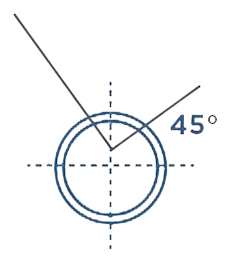
Which Seating Matters Chairs Have Tilt in Space?
Note – Up to 45° tilt is available as an option on all the above chairs excluding the Bariatric Sorrento.
Note – the purpose of this blog is to give an overview of the product with some tips to consider on its use. This is not intended to be a substitute for professional or medical advice, diagnosis, prescription or treatment and does not constitute medical or other professional advice. For advice with your personal health or that of someone in your care, consult your doctor or appropriate medical professional.
As used by








Tilt In & Space Chairs
The ability to move and adjust our body weight whenever we feel uncomfortable is very easy to take for granted. Anyone that sits or lies in the one position for a sustained period will inevitably get restless and start to feel pressure on certain parts of their body.
Aged care patients and those with special needs may recognise this feeling but cannot do anything to relieve it. A tilt and space chair makes life a lot easier and spares them the discomfort and irritation of broken skin or wounds that could have been avoided had they a more appropriate chair at their disposal.
Australia’s Leading Tilt and Space Chair Provider
At Seating Matters, we believe that all patients regardless of their situation or level of mobility deserve to have the very best chair accessible to them, or the care facility in which they are staying. Our chairs have clinical evidence to back up the claim that they can help to prevent pressure injuries and sores.
We developed each of our chairs to address the issues that any patient that must sit for long periods everyday commonly experience, to provide them with a safe, supportive, comfortable pressure care solution.
Unless we experience the issues that those who require additional care do it can be difficult to fully appreciate just how challenging the world can be. Sitting seems like something that should be straightforward, however, once you add the inability to reposition your body every fifteen minutes or so, this can quickly lead to the development of ulcers.
Tilt and Space Chairs for Improved Quality of Life
A tilt in space chair goes a long way to making the movement for those with even severe limitations much easier. Whether independently or with the assistance of a caregiver, pressure can easily be shifted away from one part of the body and onto another, bringing instant relief and comfort.
Having the ability to tilt the chair used is also incredibly valuable for patients that fear that they will fall from their seat when nobody is tending to them. All of the chairs that we produce here at Seating Matters can be adjusted without tools in less than a minute, which affords both patient and caregiver a degree of functionality and flexibility that is ideal for their immediate needs.
Consider also patients that cannot move from a rigid or fixed position seat. If they are sitting upright for a long time, this sustained pressure can lead to fatigue. What’s more, sustained pressure on their lower back as well as their skin will contribute to a faster breakdown of tissue. Given that they are likely to spend many more hours in their chair over a day than an able-bodied person, this could prove highly problematic for both patient and staff.
We Understand the Need of Our Customers
At Seating Matters, we go to great lengths to research the needs of those that we develop our chairs for. Our designers and engineers spend time in clinical settings to best understand what those who will ultimately use the chair need from it. We filter all of our expertise and knowledge into the manufacture of each chair that we produce and carry out rigorous safety and quality tests to ensure it will stand the test of time.
A tilt and space chair is an essential item for any patient with limited functionality and mobility. It delivers comfort, safety, ease of use and brings dignity at a time of great vulnerability. A free seating assessment or chair trial is yours to claim, so just get in touch with our team today.
Seating Matters provides clinical healthcare seating chairs for Disabled & Elderly people in Australia. We sell bariatric chairs, pressure relief chairs, cerebral palsy chairs, occupational therapy chairs, parkinsons disease chairs, tub aged care chairs, fall prevention chairs, huntington’s disease chairs, multiple sclerosis chairs, brain injury chairs, chairs for demantia patients & other seating range in Australia. Browse our website for more information or contact us for more details.
Read Less